Check out these amazing hotel deals!
- Save up to 30% on your hotel in Hawaii!
- Last-minute holiday hotel deals
- Top hotel deals for a new year trip
- Visiting Paris? Find the Best Deals & Reviews at TripAdvisor.
- Save 30% on hotels in Ocean City, Maryland...a TripAdvisor Top 10 Summer Destination!
- Save up to 30% on your hotel on your Winter Vacation!
- Find top-rated hotels at the lowest prices on TripAdvisor. Check rates now!
- Save up to 30% on hotels for a romantic getaway!!
Those who love to travel and discover the wonders of the world are always looking for fascinating places and sensations that only some breathtaking landscapes can arouse. Many destinations offer that, but not all of them are equally beautiful. So, which are the most beautiful of them all?
To answer this question, we’ve asked thousands of passionate travelers. After selecting a group of 100 magnificent attractions and destinations around the globe, we asked 10,000 travelers to choose 15. The attractions that have scored the highest number of votes have been placed on this ranking. So, let’s see the 15 most beautiful places in the world!
15. Lençóis Maranhenses National Park, Brazil
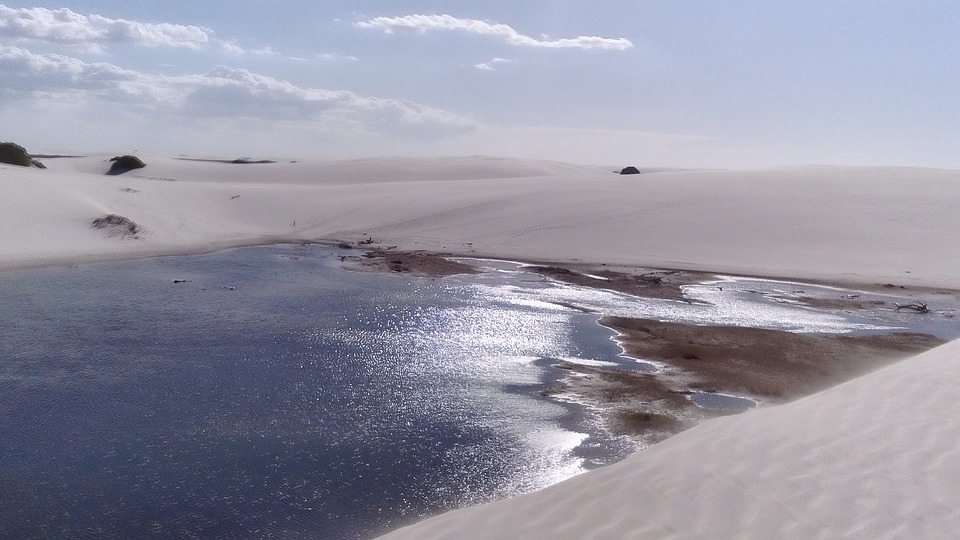
The Lençois Maranhenses National Park in Brazil is one of the most spectacular landscapes you can imagine. A huge boundless valley with crystal-colored fresh water interspersed with sinuous white sand dunes that extend as far as the eye can see. It’s hard to believe as this place seems almost out of this world. But luckily for us, this natural landscape is real and just waiting to be visited.
Entrance: Free admission but to reach the park it’s necessary to rely on a guide
Recommended period: Between March and September, after the rainy season.
14. Pammukale, Turkey
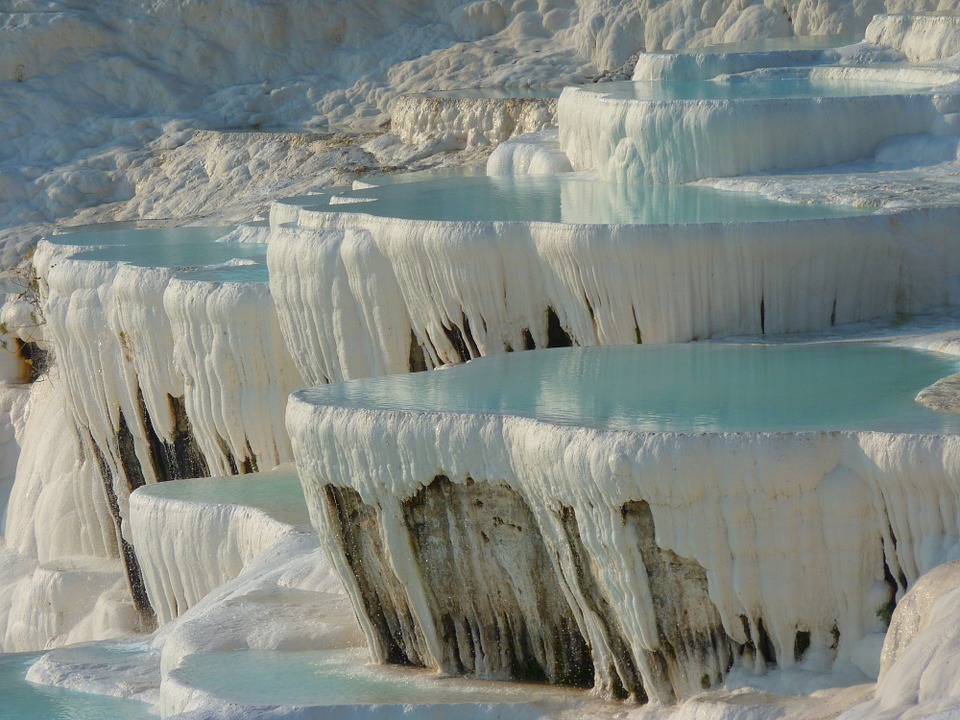
Imagine yourself immersed in surreal, brilliant, warm, clear, and crystalline thermal waters positioned infinitely on the slopes of a white hill with a void in front of you allowing you to admire the majestic valley. Truly a spectacular sight. The geological phenomenon of Pamukkale, which literally translated means “Cotton Castle”, is magnificent.
Furthermore, the place is close to the equally extraordinary remains of the Greco-Roman city of Hierapolis. With such a unique combination of natural and man-made wonders, it’s no wonder the site is present in the ranking.
Entrance: Entrance fee
Recommended period: In Spring or Summer
13. Machu Picchu, Peru
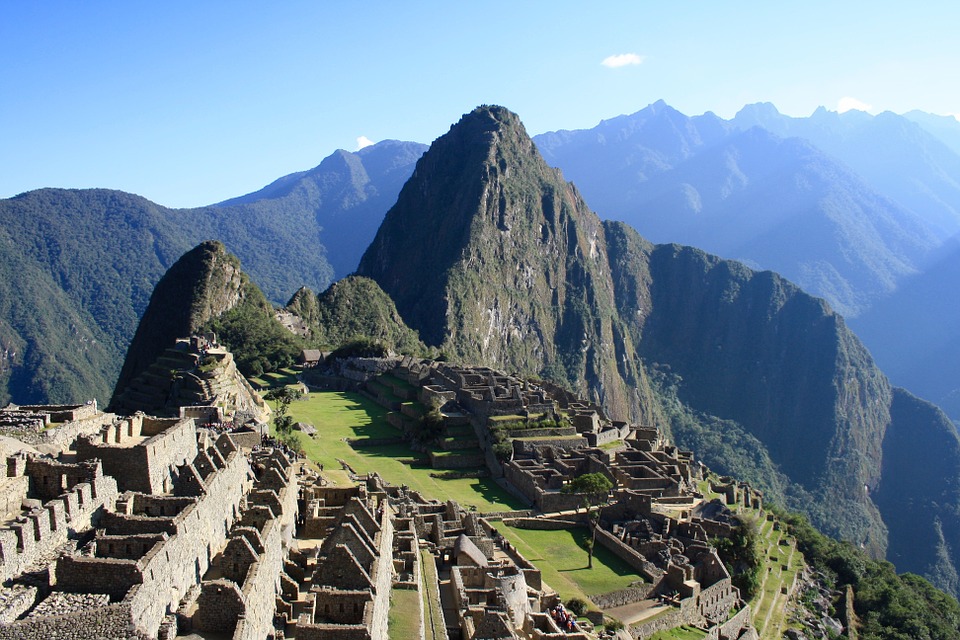
Why Machu Picchu is one of the most beautiful places in the world to visit? Simply because it allows you to feel small in front of the deadly grandeur of nature that perfectly combines with the marks left by one of the greatest human civilizations ever. Also, because it allows you to explore one of the most legendary Inca roads which connect the city of Cusco with the sacred citadel of Machu Picchu. And, because you can feel like you are in the clouds and enjoy a wonderful panorama immersed in history and myth.
Entrance: Entrance fee
Recommended period: The months between April and October if you want to go on an excursion along the Inca path by foot / All year round if you just want to visit the site
12. Meteora, Greece
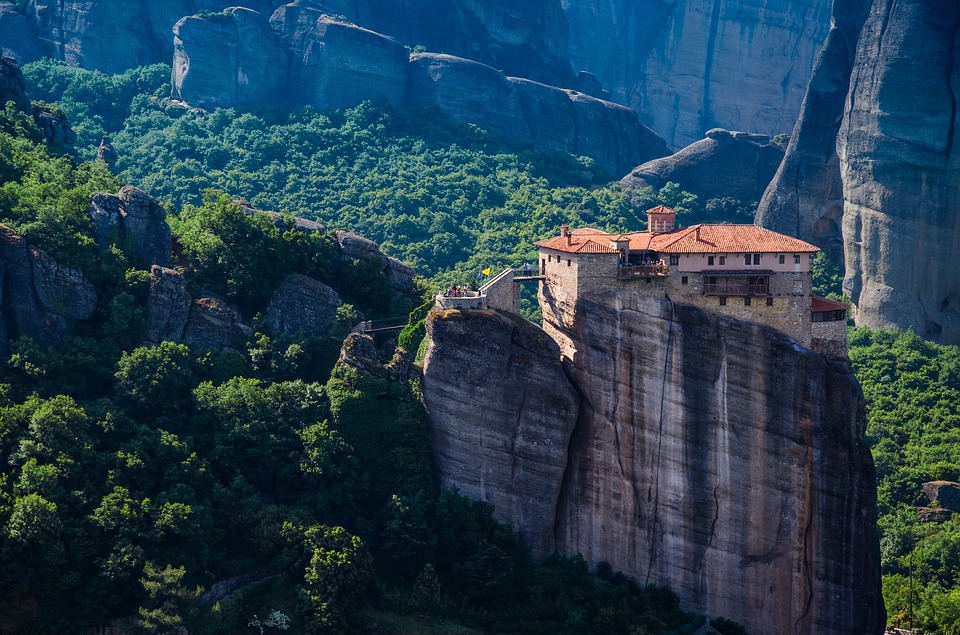
One of the most beautiful things to visit in Greece is undoubtedly the Meteora. Above the city of Kalambaka, on the northwestern side of the plain of Thessaly, gigantic rock formations rise towards the sky reaching almost 400 meters in height. Above them, just like in a fantasy movie, a series of monasteries have remained for centuries in equilibrium surrounded by clouds.
Meteora is “the city in the sky”, a dreamlike place capable of making you feel like an Olympian god.
Entrance: Entrance fee. Each monastery costs €3, so it costs €18 for all monasteries. There is no combined ticket.
Recommended period: Mid-seasons are ideal, especially Spring
11. Fairy Pools, Isle of Skye, Scotland
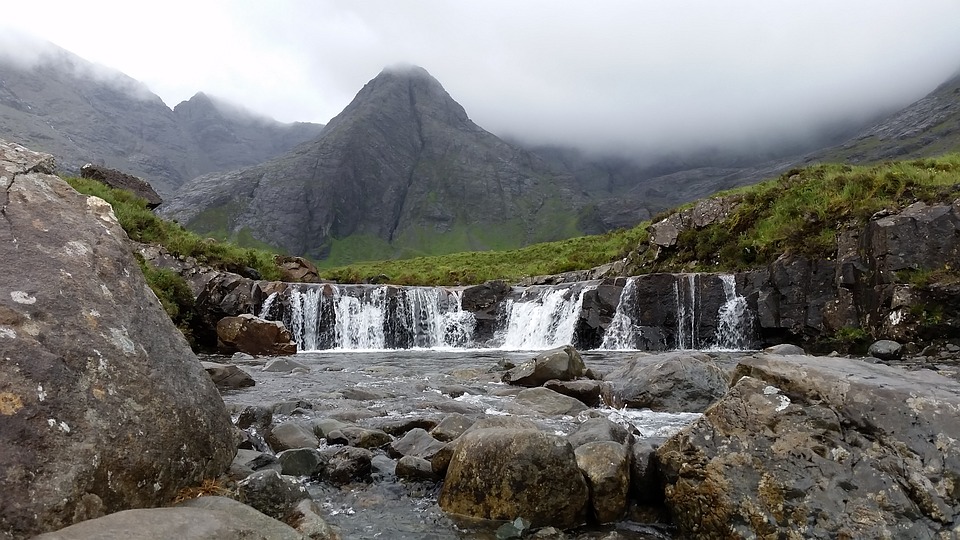
If you love hiking and nature, love Scottish landscapes, or are planning a trip to the Isle of Skye, then you should definitely visit the so-called Fairy Pools, a.k.a. the magical “fairy pools”. They are located near the Cuillins Mountains on the Isle of Skye in Scotland. They are lovely natural pools of cold and clear water, formed by the waterfalls that fall down from the slopes of the Cuillins mountains. A unique show!
Entrance: Free admission.
Recommended period: Summer
10. Jiuzhaigou Valley, China
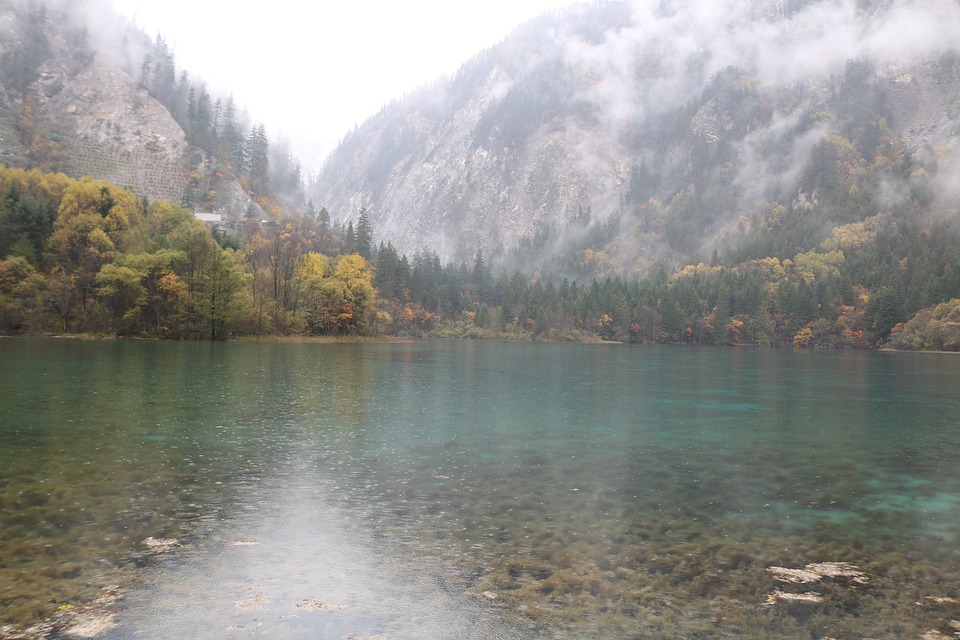
Literally “Valley of the Nine Villages”, is an enchanting nature reserve in the Sichuan province of China, a UNESCO heritage site, which boasts turquoise lakes, lush vegetation, and a system of waterfalls that give its visitors a breathtaking view and a wonderful landscape for those who love nature walks. Little remains of the small villages, but you can still admire what remains of the typical Tibetan houses.
However, what attracts tourists to this valley remains its geological structure. Its landscape is dotted with karst mountains and glaciers, lakes of glacial origin formed by the fall of boulders, and rocks that have closed the basins containing very clear water thanks to the presence of calcium carbonate.
Entrance: Free admission, but you should rely on a guide for the excursion.
Recommended period: All year round, but if you want to fall under the spell of the place, you should go there in autumn as the autumn colors make the place even more magical
9. Uluru, Australia
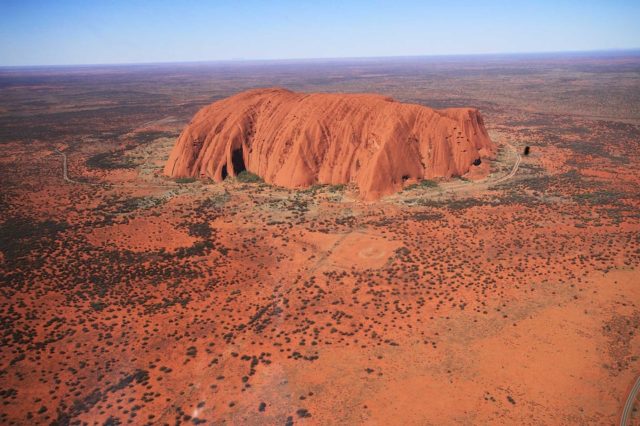
We move to Australia where we find Uluru, a fantastic rocky massif located in the Australian outback, in the Uluru-Kata Tjuta National Park. It’s famous for its intense red color that varies amazingly during the hours of the day, especially at sunrise and sunset, taking on colors ranging from gold to bronze, to purple. These optical effects and the rapid color change are due to the presence of minerals called feldspar, which particularly reflect red light. Moreover, the massif is largely made of iron and the red color is a result of the oxidation of this metal, which generates rust with the classic bronzed color. Its surface, apparently smooth, offers a unique versatility, with pools, small springs, and ancient cave paintings. Reachable by bus, it offers a fascinating panorama from its top.
Entrance: Admission fee: the 3-day pass costs around $21.
Recommended period: All year round for a simple visit. For those who want to camp in the park, the summer months are better, from November to March (in Australia the seasons are contrary to ours)
8. Fushimi Inari-Taisha Shrine, Japan
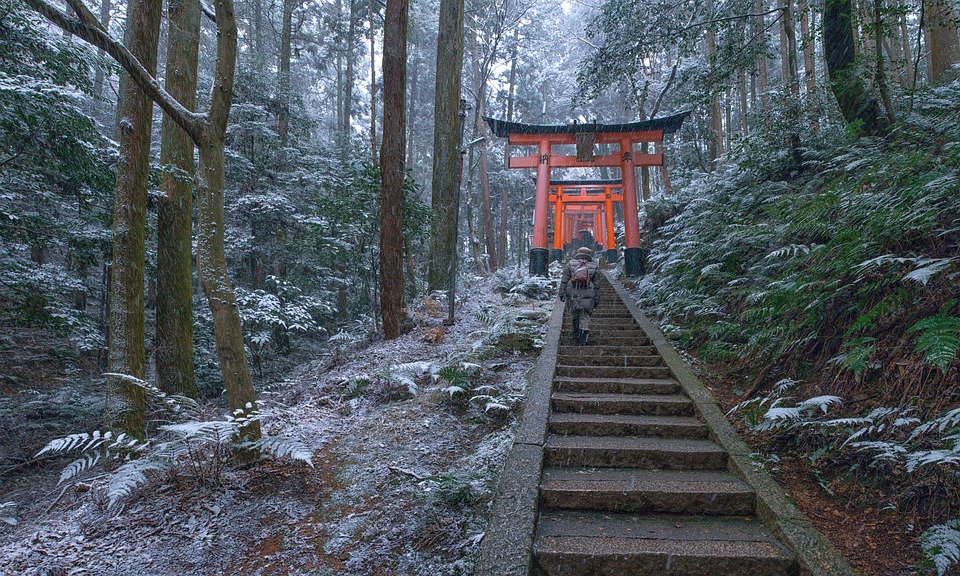
Now, we go back to Asia, precisely to Japan, to admire a wonderful shrine, a Shinto place of worship dedicated to the Inari spirit located in Fushimi-Ku, Kyoto. The sanctuary is known for the thousands of “Torii”, vermilion red access portals to Japanese temples, which delimit the path that reaches the hill where the sanctuary is located.
Inari is the deity of rice and inside the sanctuary, you can admire several statues representing the foxes which are, according to the cult, the messengers of the deity. The path leading to the temple, about 4 kilometers long, is very tiring to travel, but it certainly represents a small journey that brings visitors closer to the temple, both, physically and spiritually. It’s definitely one of the most evocative places in Japan.
Entrance: Free admission.
Recommended period: All year-round. A visit at sunset is particularly recommended.
7. Kyaiktiyo Golden Rock, Burma
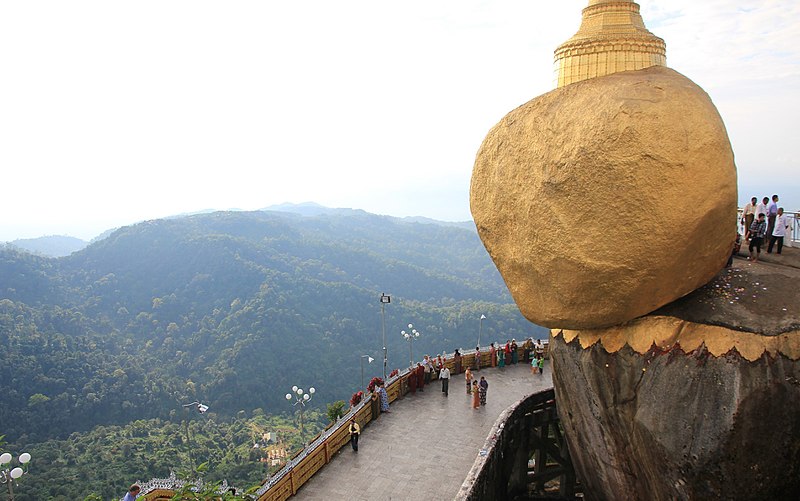
Still in Asia, we move to Yangon, Burma, to admire the “Golden Rock”, located on Mount Kyaiktiyo. It’s a piece of rock on a mountain that stands in balance on a mountain for a hair, better said “Buddha’s hair” as legend has it. This is probably a result of the fact that the rock, according to the first visitors, was able to stand still in the balance due to something miraculous. That’s why a pagoda was built on the rock around two thousand years ago. Thousands of tourists go to the pagoda every year to attach a sheet of pure gold in exchange for a little luck from the Buddha (hence the name of Golden Rock). In addition to the particular location, the place is well known for the mystical sensations that the sanctuary gives.
Entrance: Free admission, but to arrive you must travel on authorized trucks. 3000 kyat rate (just over €2)
Recommended period: Pre-monsoon period, from mid-February to mid-May
6. Moraine Lake, Canada
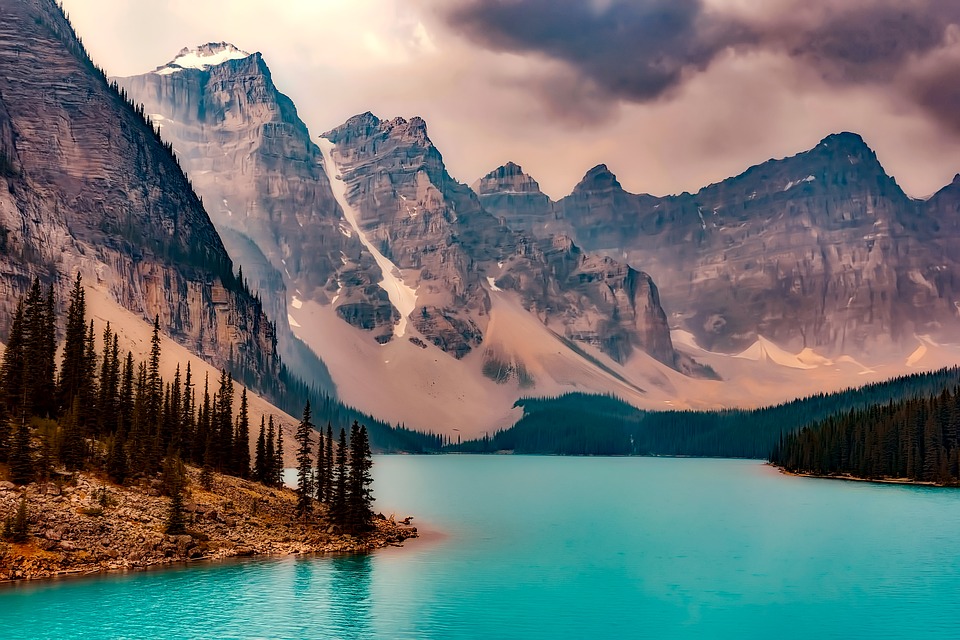
Heading to Canada, we find a very interesting lake, Moraine Lake, known for its picturesque landscape and the blue-green color of its waters, which is a result of the presence of rocky particles on the bottom. The lake, of glacial origin, is located in the “Valley of the Ten Peaks”, extends for about half a square kilometer, and is surrounded by several paths which allow you to make wonderful excursions to the foot of the 10 homonymous mountains surrounding the lake.
It’s a perfect destination for those who love to immerse themselves in nature and wrap themselves in a breathtaking landscape.
Entrance: Free admission but paid services (e.g. shuttle for transport or canoe rental)
Recommended period: June and July
5. Golden Circle Route, Iceland
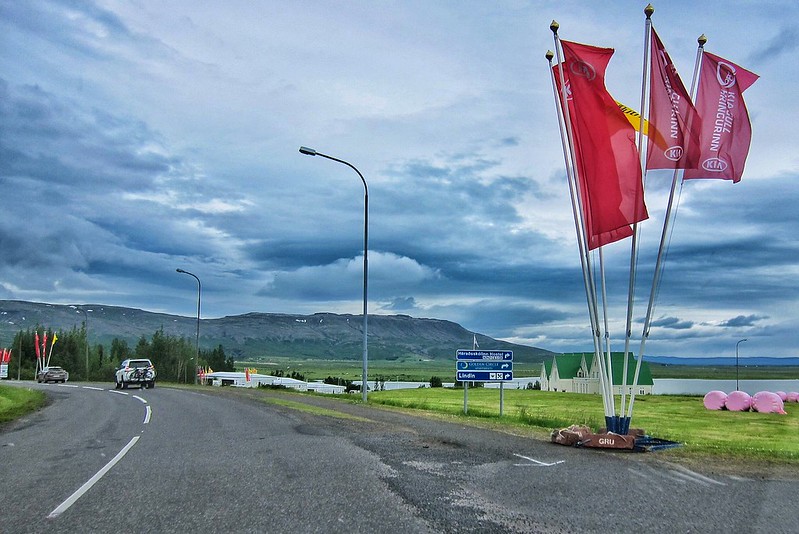
From Canada, we go to Europe to admire the Golden Circle Route in Iceland. It’s a very fascinating tourist itinerary, with three main stops: the Pingvellir National Park, the Gullfoss Waterfall, and the Haukadalur geothermal valley.
The first is a territory full of rifts due to continuous tectonic movements. One of these rifts is full of coins, thrown in by visitors, as the tradition based on European legends dictates. The second is a 20-meter wide and 2.5-kilometers long waterfall which can be visited via a path extending over three levels. Finally, the third is a geothermal valley that hosts two active geysers: the Strokkur, which erupts about every 5-10 minutes, and the Geysir, which erupts about four times a day.
Beyond these three stages, the whole area offers a landscape full of waterfalls and an active geothermal valley with geysers that throw boiling water into the air up to 70 meters high: very impressive, but to be visited with caution.
Entrance: To travel the road, you don’t pay anything but for the main stages of the tour, you have to pay a fee
Recommended period: Summer – Spring
4. Trolltunga, Norway
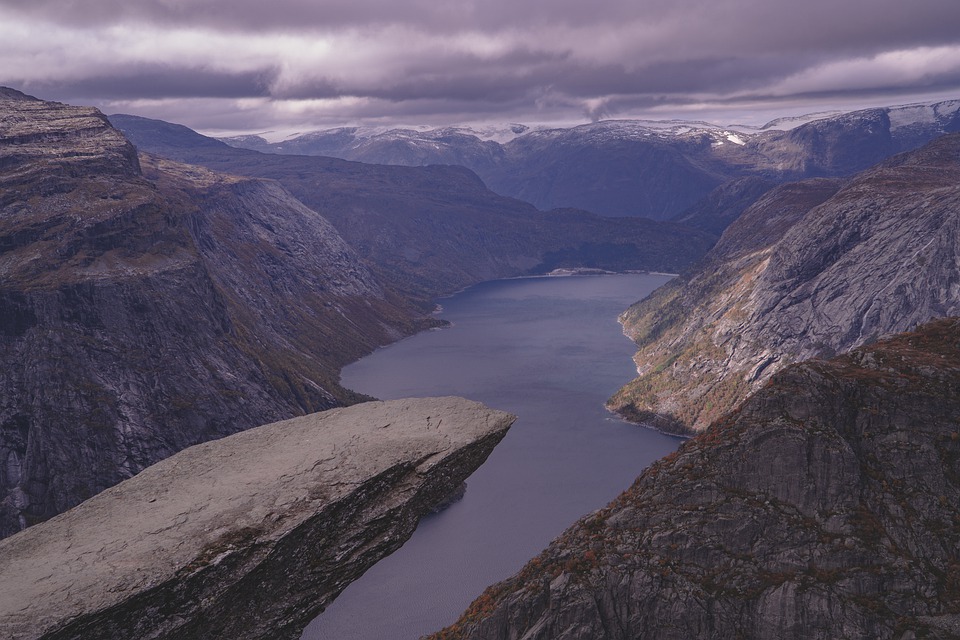
Still in Europe, we go to Norway, in Trolltunga, a piece of rock that extends horizontally … into nothing! The name of this rock means “troll tongue” in English exactly because of its shape which recalls the tongue of these typical characters of northern European mythology.
From it, you can admire the Ringedalsvanet lake below and the wonderful play of peaks of the surrounding Norwegian fjords. It’s the perfect place to sit and reflect or raise your arms to the sky and feel the master of the world!
Entrance: Guided excursion for a fee
Recommended period: From about mid-June to mid-September
3. Angkor Wat, Cambodia

We are in Cambodia, admiring the largest Hindu temple in the world, which was built during the reign of the Khmer and is famous for its peculiar style and its architecture with attention to the smallest details. The majestic sandstone construction was built at the behest of King Suryavarman II, as a mausoleum for his adoration after death.
Inside the Angkor Archaeological Park, the building stands surrounded by a moat and is dedicated to Vishnu. For video game fans, the temple has been chosen as the setting for games such as Tekken and Tomb Raider. An unusual reason to visit this magnificent work of man!
Entrance: Fee (1,3-day or weekly ticket)
Recommended period: From November to February, but better to avoid the December holidays in order not to find too many crowds.
2. Great Blue Hole, Caribbean
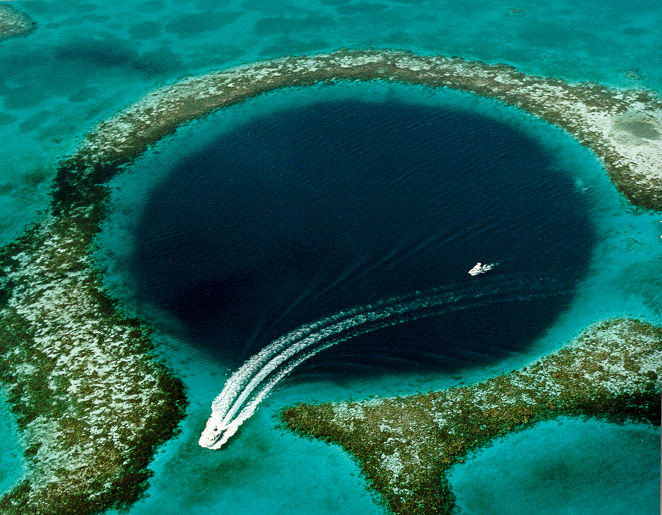
In the second position, we find the enchanting Great Blue Hole, a true wonder of nature. It’s 123 meters deep underwater karst sinkhole located east of Belize in the Caribbean Sea, inside the Lighthouse Reef atoll. The cavity has a circular shape and is over 300 meters wide. It was formed during the last Ice Age as a limestone cave and when the sea level rose, the cave flooded and took on the appearance it has today.
It’s known to be one of the most beautiful dive sites in the world, as it offers an underwater landscape full of stalactites and typical features of a, now submerged, cave, as well as native fauna with different species of sharks, including the blacktip reef shark.
Entrance: Paid dive for €238
Recommended period: from December to May
1. Antelope Canyon, Arizona
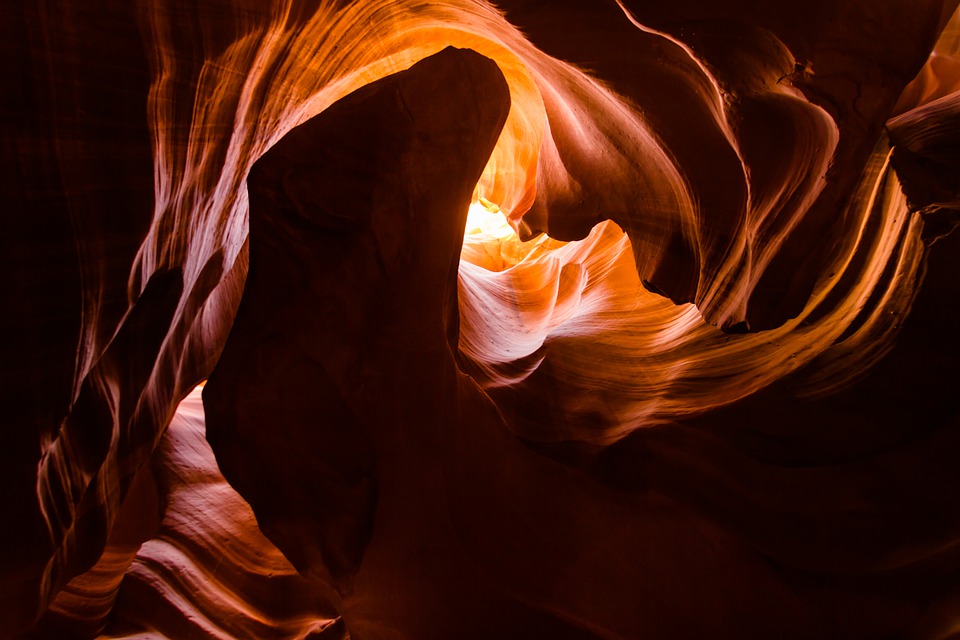
At the top of this ranking, we find the surreal Antelope Canyon. Located in Arizona, in the land of the Navajos, this canyon is a true spectacle of nature. It consists of two separate formations made of reddish sandstone, shaped by water and the wind, which has created a dense network of caves and tunnels inside which beams of light enter creating an environment so perfect and sinuous that it seems as drawn. It’s a truly magical place, which is never missed to be photographed by photography lovers, especially those who love taking photos of unique and captivating landscapes.
Entrance: for a fee; guided tours from €25 – €68
Recommended period: from April to July
Check out these amazing hotel deals!
- Save up to 30% on your hotel in Hawaii!
- Last-minute holiday hotel deals
- Top hotel deals for a new year trip
- Visiting Paris? Find the Best Deals & Reviews at TripAdvisor.
- Save 30% on hotels in Ocean City, Maryland...a TripAdvisor Top 10 Summer Destination!
- Save up to 30% on your hotel on your Winter Vacation!
- Find top-rated hotels at the lowest prices on TripAdvisor. Check rates now!
- Save up to 30% on hotels for a romantic getaway!!
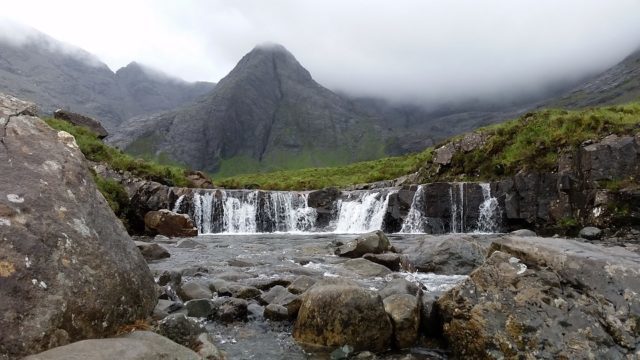





Find Us on Socials